Low Compression Golf Balls vs. High Compression What’s The Difference?
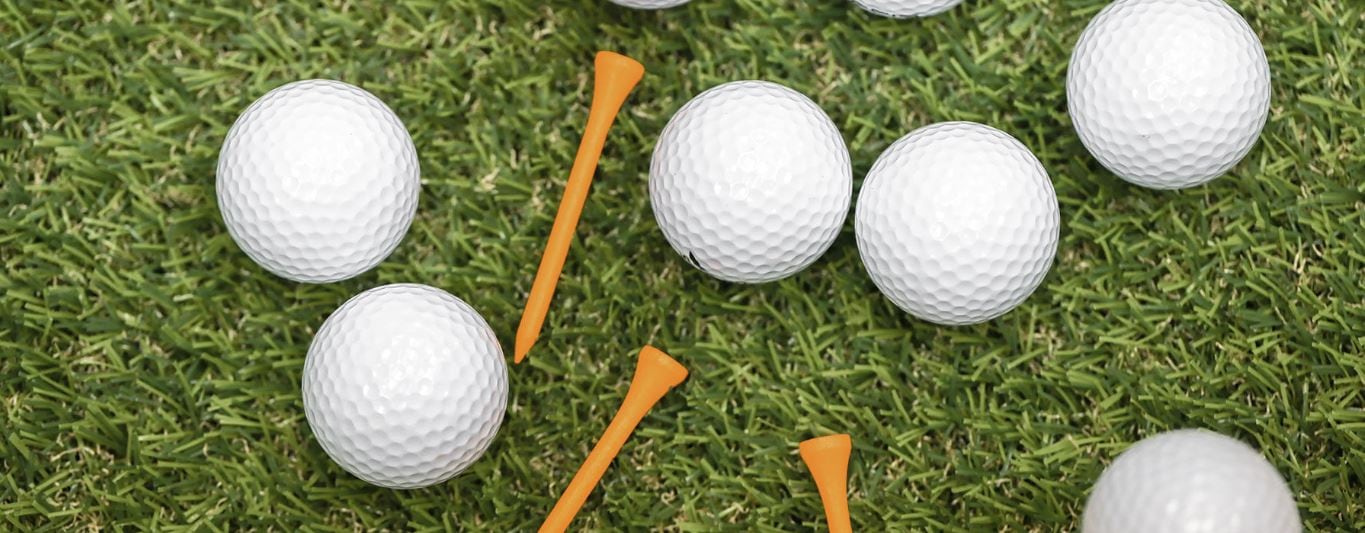
Compression is a word that golfers like to throw around. People always know what type of golf ball compression they NEED for their game. However, if you asked them what compression is, very few would likely give you a correct answer. That’s what we are here for! We will provide you with the complete rundown on all things compression until you have all the info you need to make sure you are playing the right golf ball!
What Is Compression In A Golf Ball?

Very simply stated, compression is just a way to measure the hardness of a golf ball. The harder the golf ball, the higher the compression rating. The lower the compression rating, the softer the golf ball.
When a golf ball is struck, it compresses a certain amount. After the golf ball compresses, it will have a spring-like effect off of the clubface. Faster swing speed, stronger players can compress the ball much more than a slower swinging player.
How Does Compression Affect How We Play The Game?
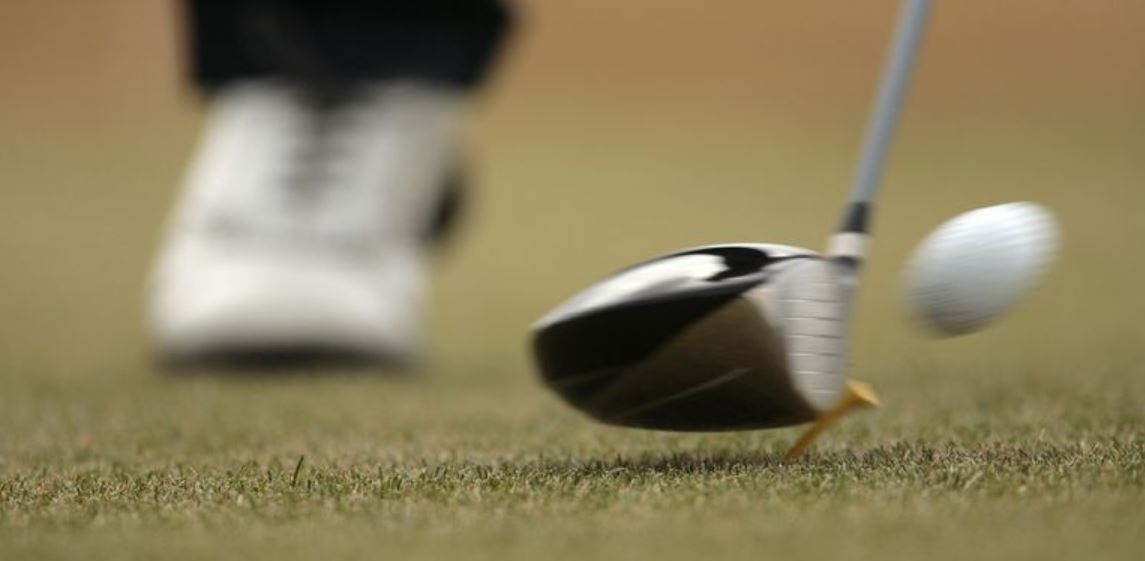
Players with fast swing speed have no problem compressing the ball and getting the maximum amount of distance and jump off a clubface that players can get. Slower swinging players can struggle with having enough swing speed to compress a golf ball at all.
The increase in lower compression golf balls has helped these players maximize distance in their game.
If high swing speed players use a low compression golf ball, it won’t hurt their game, but they also won’t be getting the best benefit either. There will be extra energy not used—basically power left on the table.
Does Swing Speed Affect Ball Selection?
Yes, absolutely! Just because your buddy swears by the Titleist Pro V1 does NOT mean that it is the right golf ball for your game. Swing speed has a significant effect on what golf ball you should be playing. Many golf manufacturers will give you a swing speed range on each model golf ball they offer.
How Do I Find Out What My Swing Speed Is?
Finding your swing speed should not prove to be that difficult. Many local golf retailers will have a machine that can measure your speed. Also, keep an eye out for local demo days put on by the major golf manufacturers. Most of these demo days will allow you to try out new equipment and test how you are hitting it on a Trackman or similar machine.
When it comes to swing speed, the most common way of measuring it is using a driver. If you see that a golf ball is rated for swing speeds above 100 mph, they are talking about driver swing speed.
What golf ball is best for slow swing speeds?
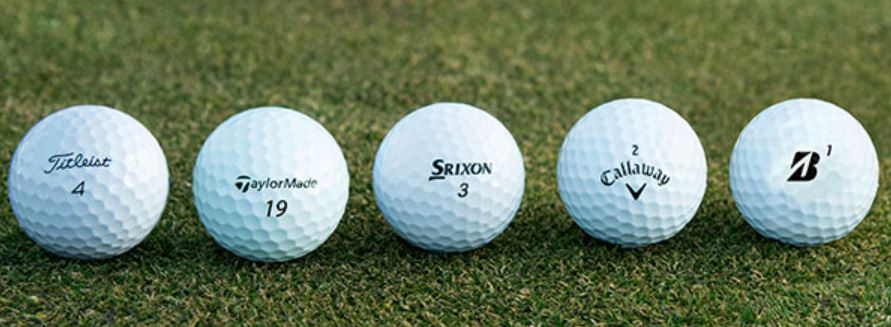
A lower compression golf ball will be the best for moderate swing speeds. The low compression ball will help the ball get the most spring effect and maximize distance even at a slower speed. Look for a golf ball like the Srixon Soft Feel or the Callaway Supersoft to get you the right amount of compression for a slower swing speed.
If you happen to choose a golf ball that does not have the correct compression for you, it could cost you distance, and it very likely could cost you some feel around the greens as well.
How do I choose the right golf ball for my swing speed?
Part of choosing the correct golf ball comes down to analytics and number, and part of it comes down to feel. If you are a low handicap high swing speed player, you likely need a premium, multilayer golf ball with a higher compression rating.
The majority of mid-handicap players with average swing speed should look for a three-piece golf ball. The three-piece ball will provide a perfect mix of feel and distance for a player.
High handicap players with slower swing speeds will benefit most from a two-piece, lower compression distance type golf ball. Technology has come a long way in the last several years, and even the lower compression golf balls have much better feel than they did just a few years ago.
Who Are Low Compression Golf Balls Good For?
Low compression golf balls work best for senior golfers, women, and slower swing speed beginners and amateurs. Although faster swinging better players can use a low compression golf ball, they will not get the maximum amount of distance that they could.
Best Brand Of Low Compression Golf Balls?
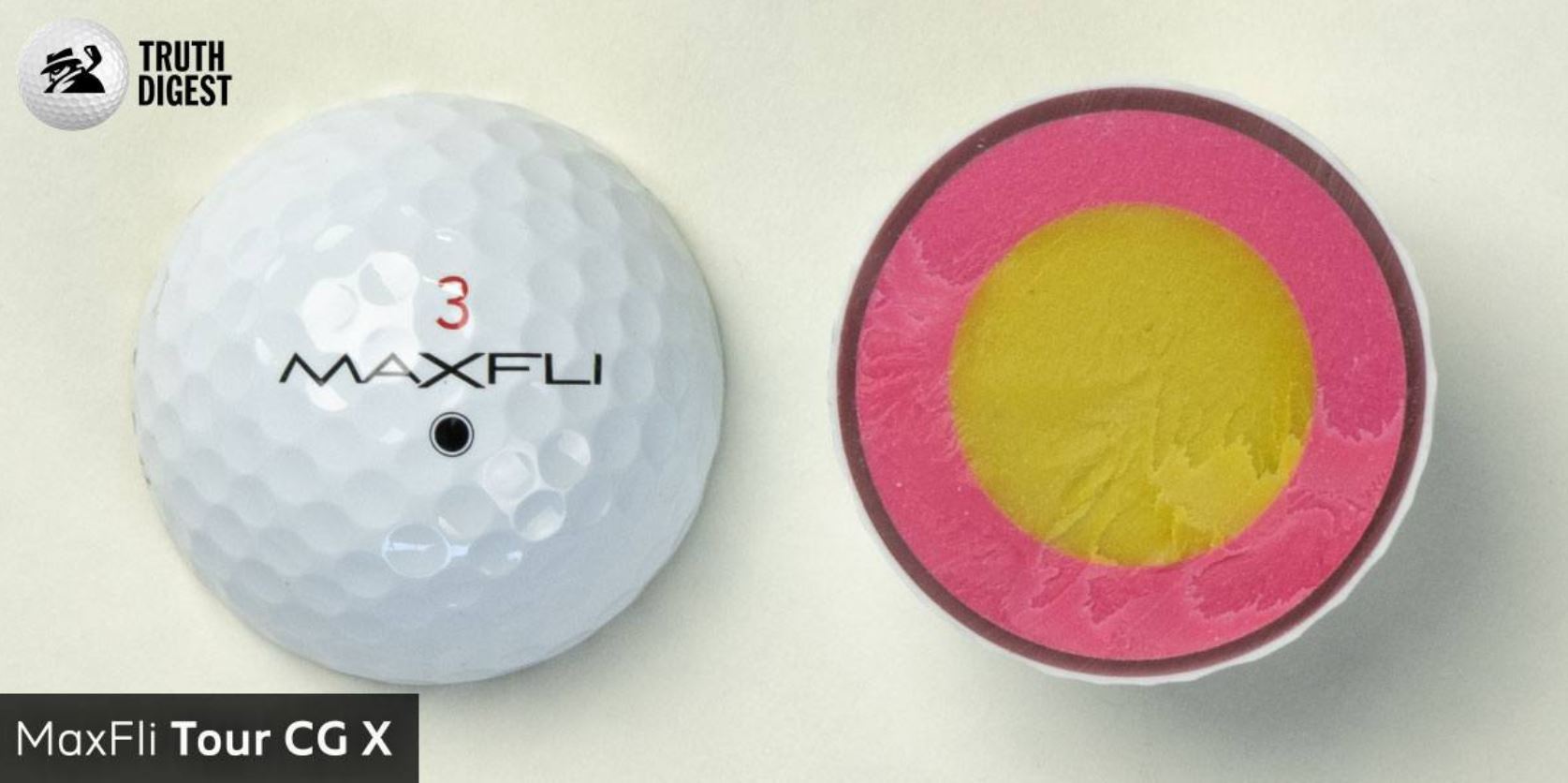
There isn’t one right brand that stands out for low compression golf balls; instead, there is a model within each brand that works for players who need lower compression.
Look for words like softer core, two-piece construction, improved distance, and straight flight technology. Callaway has a great low compression ball called the Supersoft. TaylorMade has done very well with the Noodle series through the years, and Titleist stands behind their Velocity golf ball.
When going with very cheap or off-brand golf balls, just be careful that they advertise feel and spin around the greens. Sometimes these golf balls will be long but not as useful around the green.
When you think about what clubs you will use the most in the course of your round, it will be the wedges and putter. Make sure that whatever ball you choose feels good with these clubs.
Who Are Medium Compression Golf Balls Good For?
Medium compression golf balls are best for mid handicappers. Players who need a mix of distance and feel but can’t go for just feel or just distance. The medium compression golf balls are usually middle-priced as well. Sometimes better players who can’t afford the premium golf balls will go for the medium compression (usually three-piece golf ball).
Best Brand Of Medium Compression Golf Balls
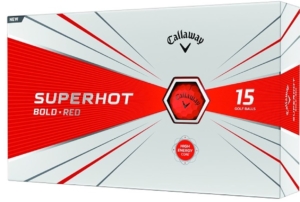
The Callaway Superhot golf ball has a compression of around fifty but still packs in a ton of distance and feel. If you are looking for something slightly higher in compression than that, the Maxfli Revolution can be a great choice. The Maxfli has a compression rating of 85, and it’s an excellent ball for distance. Generally priced well below $20 for a dozen balls, the Maxfli is a superb value for the player looking for medium compression golf balls.
Who Are High Compression Golf Balls Good For?
High compression golf balls are designed for better players looking for maximum feel and distance. To generate the distance, they have earned better players who need a harder golf ball.
Best Brand Of High Compression Golf Balls?
The most well known and highest performing high compression golf balls are the Titleist ProV1x. These golf balls have better feel around the green than almost any other ball on the market, and if you have the swing speed to make them perform the way they should, use it!
What Are Low And High Spin Golf Balls? Which Should I Go For As A Beginner?
High spin balls will help you get the ball to stop on short shots and roll on long shots. The problem with high spin golf balls for beginners is that spin is what adds to things like hooks and slices. If you are a beginner who is hitting the ball very straight, then you would be fine to go with a higher spin ball. The majority of beginners should stick with the low spin golf balls, which are generally the low compression golf balls that they need.
What Are The Best Golf Balls For Cold Weather?
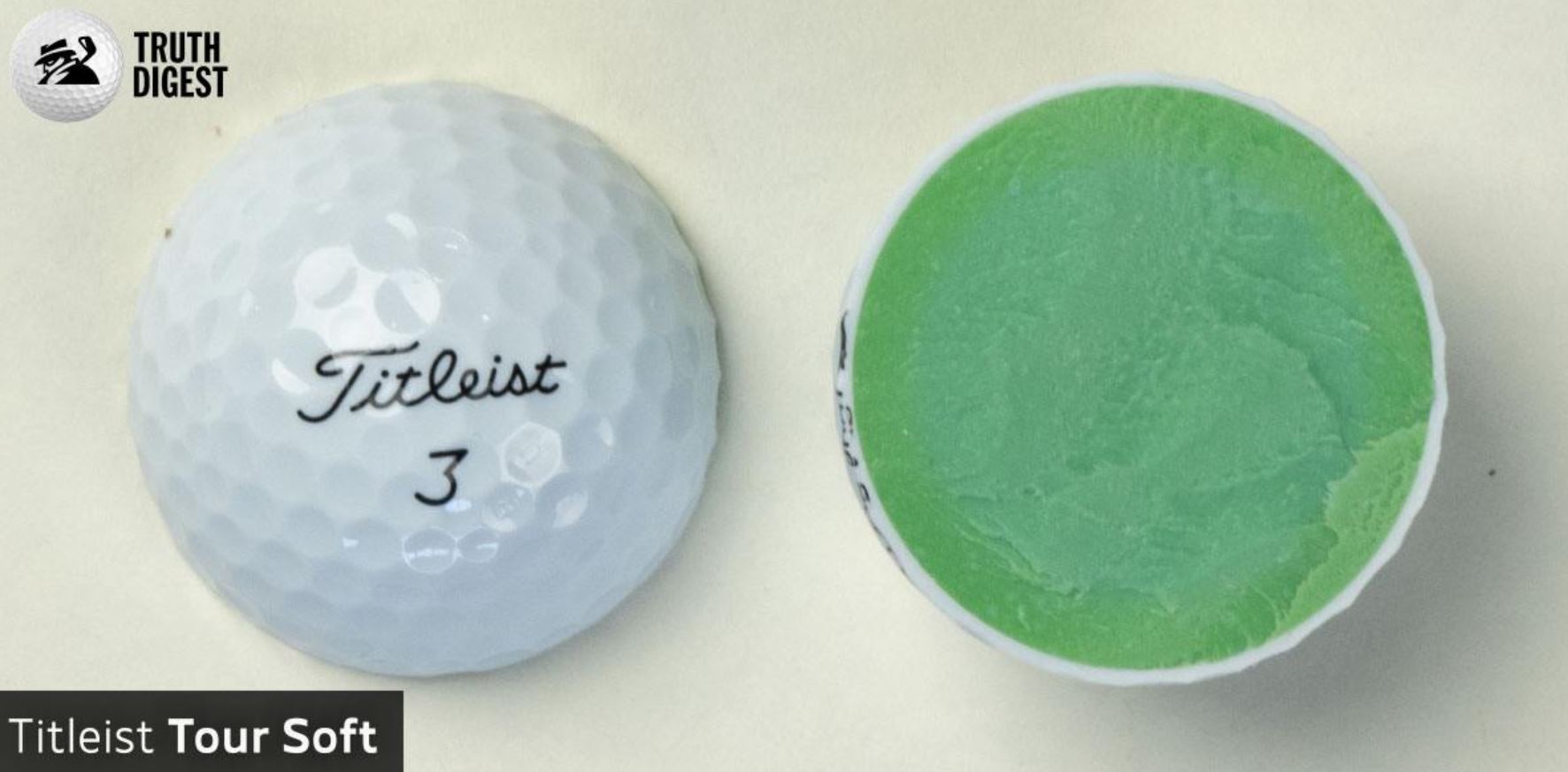
Colder weather will affect the amount of distance you can get out of your golf ball. Choosing a softer compression golf ball can help you get some extra distance when the cold tries to take it away. An excellent option for the cold weather is the e6 by Bridgestone. Bridgestone does a great job of manufacturing a variety of golf balls for all player types. The e6 has a soft cover and softcore with anti-spin technology to help keep the ball straighter as well.
How Is The Compression Of The Golf Ball Measured?
Compression is a measurement of how much the golf ball compresses when applied on by a standard weight. The compression scale ranges from 0 to 200. Zero would be a golf ball that compresses 2/10th of an inch, and 200 would be a ball that does not compress at all. Each point on the compression scale equals 1/1000th of an inch of compression.
Are low compression golf balls better?
Low compression golf balls are better for the player that needs them. Years ago, there were not nearly as many options for low compression golf balls. As the years progress and technology get better, there is now a wide range of compression available for every swing type and speed.
Should high handicappers use Pro v1?
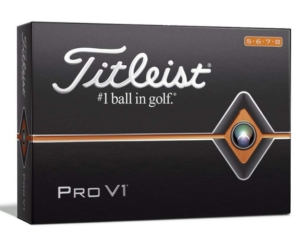
High handicappers can use whatever golf they want, but will it be helping them become a lower or higher handicap is the question.
ProV1 are so highly rated because of their feel around the greens and spin on shorter shots. If a high handicapper feels as though this is helping their game, then they can stick with the ProV1.
The problems arise because of their swing speed is not fast enough; they will not be able to compress the ball enough on the long shots to get the full amount of distance that a ProV1 offers.
It is imperative to pick a golf ball that feels good to you around the green. There are other three-piece ball options, priced lower than the ProV1 that will provide great feel and spin around the greens but a little extra distance off the tee. Look for a Srixon on Bridgestone ball as they both make great options for the player looking for that ProV1 feel.
What is the most visible golf ball color?
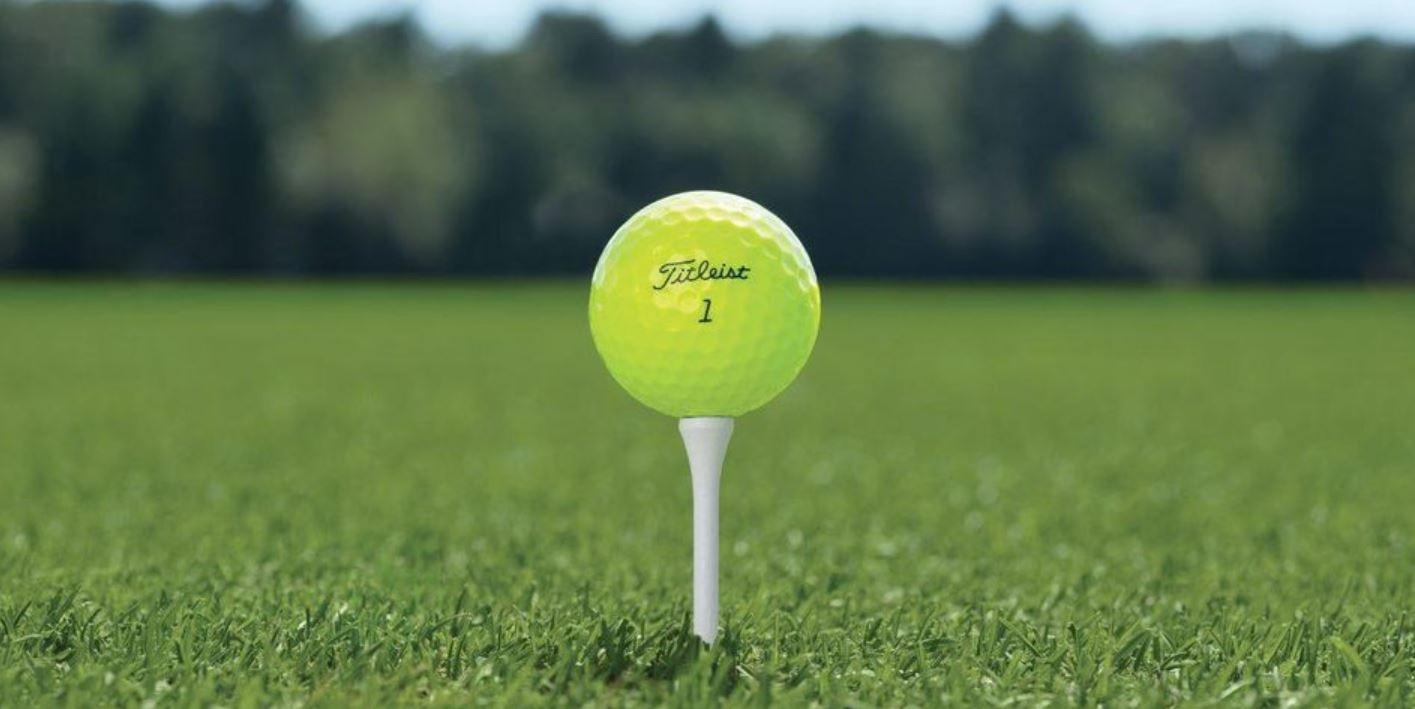
Colored golf balls are no longer a gimmick. They are no longer used just for miniature golf. Colored golf balls have become a massive seller in the golf ball market. The question now becomes, are these colored golf balls easier to see?
The answer is yes. A few colors, in particular, can be much easier to find on the course. When tested, the green seems to be the easiest to track, followed by yellow and then pink. Many golfers stay away from green thinking that it will blend in, but that is not the case.
Another thing to look for if you have trouble with glare is the matte finish golf balls. Many manufacturers are producing them now, and they can make address all that much easier.
Conclusion
In the end, there is no saying if low compression or high compression golf balls win out. The most important thing you can do is have your swing speed measured and find a golf ball that you can compress. After you find the ball that fits with your swing from a data perspective, its time to work on feel. Choose a ball that feels good when you putt, and chip as the majority of your strokes in a round will be shorter. A golf ball that performs well off the tee is excellent, but in the course of a round, it will not help you score as much as a golf ball that feels great on a green.
Keep this all in mind, and if there is anything else you want to know about golf balls and compression, don’t hesitate to reach out!
Youtube Link: https://youtu.be/6TA1s1oNpbk
https://www.underpargoals.com/what-is-golf-ball-compression/
https://golftips.golfweek.com/golf-ball-swing-1446.html
https://www.golfgalaxy.com/s/golf-ball-comparison-chart
https://www.golfworks.com/maxfli-revolution-distance-golf-balls/p/mxb0010/
https://www.golfdiscount.com/blog/learning-center/6-best-golf-balls-for-cold-weather/
https://www.golfballtool.com/compression.htm
https://golfsidekick.com/balls/best-high-visibility-golf-balls/



